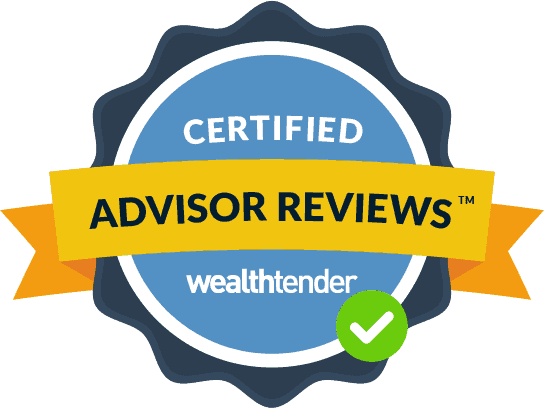If you’ve left a job and still have retirement savings in a 401(k) or similar employer-sponsored plan, you are not alone in wondering what to do next. Managing a former employer’s retirement account wisely can help you avoid penalties, reduce fees, and keep your long-term goals on track. Here are five options to consider.
1. Leave the 401(k) with Your Former Employer
If your account balance meets the plan’s minimum threshold, you may have the option to leave it where it is. This can be a good choice if:
- You like the investment options available.
- You’re confident in managing the investments yourself.
- The plan offers low fees compared to other options.
- You left your job at age 55 or older and want access to penalty-free withdrawals.
However, if the plan has limited investment options, higher fees, or you’re concerned you might lose track of the account, you may want to explore alternatives.
2. Roll Over to Your New Employer’s Plan
If you changed jobs and your new employer allows rollovers into their 401(k), consolidating your accounts can simplify management and potentially lower costs. Benefits of this option include:
- One account to manage instead of multiple.
- Continued tax-deferred growth.
- Potential access to loans or hardship withdrawals, if available in the new plan.
- Delayed required minimum distributions (RMDs) if you keep working past age 73.
Be sure to complete the rollover as a direct transfer (custodian to custodian) to avoid taxes. If you receive a check, you must deposit it into your new plan within 60 days to avoid penalties.
3. Roll Over to a Self-Directed IRA (Traditional or Roth)
This option offers more control and flexibility. A self-managed IRA typically provides:
- A wider range of investment options.
- Potentially lower fees compared to a managed account.
If you hold company stock in your 401(k), consider whether a Net Unrealized Appreciation (NUA) strategy could offer tax advantages before rolling funds over.
4. Roll Over to a Professionally Managed IRA
If you prefer expert guidance, a financial advisor can manage your rollover into a traditional or Roth IRA. This may include:
- Personalized investment strategy based on your goals and risk tolerance.
- Reduced portfolio overlap across multiple accounts.
- Ongoing monitoring and adjustments as needed.
Keep in mind, this route generally involves higher management and advisory fees.
5. Take a Cash Distribution (Use Caution)
While taking the money out may seem appealing, especially during a job transition, this option comes with significant drawbacks:
- You’ll pay ordinary income tax on the full amount.
- A 10% early withdrawal penalty may apply if you’re under age 59½.
- You’ll lose the benefits of tax-deferred growth, which could hurt your retirement outlook.
Final Thoughts
The best path depends on your financial goals, age, and comfort level with managing investments. It’s often helpful to speak with a financial advisor to evaluate your options and avoid costly mistakes.



























